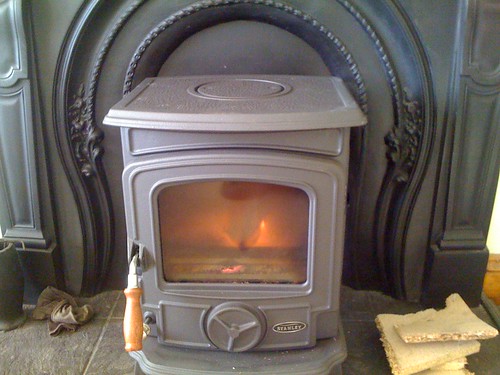In “Celebration” of World IPv6 Day, David suggested that we try a “Crazy Ping”, showing how easy it is to get IPv6 running, even on the most oddball networks. For the heck of it, I configured up this evening the following
A Netbook with an Icom ID-1 D-Star radio plugged into its ethernet port.
A Laptop with both an Icom ID-1 D-Star radio plugged into its ethernet port, and a Kenwood TH-D72 configured in Kiss Mode (9600baud AX.25) plugged into a USB port. The laptop was then configured with an IPv6 over IPv4 tunnel to…
A Desktop, with a Kenwood TM-D710 configured in Kiss mode plugged into an RS-232 port. The desktop also is my sixxs tunnel endpoint.
It isn’t often that you can ‘hear’ someone connect to your computer, but with every packet, the squelch on the TH-D72 opened. So I could hear every packet going to the notebook.
The “Testbed”:
j0n@scott:~$ ping6 -c 1 2001:770:132:deaf::2
PING 2001:770:132:deaf::2(2001:770:132:deaf::2) 56 data bytes
64 bytes from 2001:770:132:deaf::2: icmp_seq=1 ttl=60 time=3073 ms
--- 2001:770:132:deaf::2 ping statistics ---
1 packets transmitted, 1 received, 0% packet loss, time 0ms
rtt min/avg/max/mdev = 3073.686/3073.686/3073.686/0.000 ms
Now why would anyone want to run IPv6 over IPv4 over AX.25? well that is a different question altogether, all I can say is that it works, but not very efficiently.





